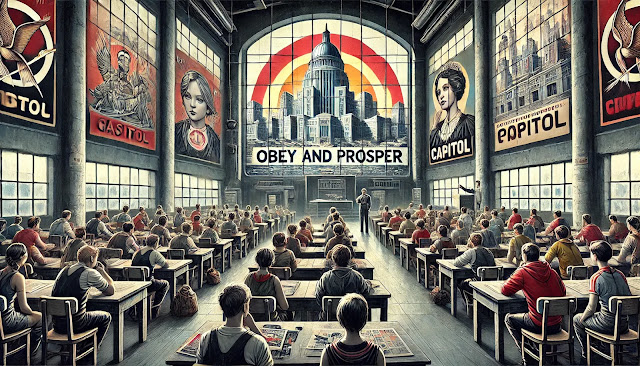Three psychological explanations for why beautiful objects sell well
Sometimes, the beauty of items and packaging seems to be the most important criterion for consumers. In an intriguing experiment, different types of packaging and their influence on people's choices were compared. The study found that people chose beautifully packaged products even when well-known brands, more practical, or cheaper options were available. Beauty clearly influences choices.
Many women face a very tangible choice between beauty and comfort when selecting evening shoes. Quite often, high heels end up on their feet, despite the fact that the discomfort begins just a few steps later. This phenomenon is not limited to fashion; beauty affects almost all choices.
What is it about the allure of beauty in products?
The appeal of beauty stems from three factors. In this text, I will refer to them as biases because they lead us away from the path of "rational" behavior. However, they are not truly biases. There is nothing wrong with enjoying beauty and choosing it whenever possible. It becomes a bias when one fails to recognize that they are choosing a product based on its appearance and justifies the choice with non-aesthetic reasons.
Signal Bias: People think that the beauty of a product or its packaging signals that the product is good. According to several studies, beauty is subconsciously regarded as a signal of the goodness of people or things (the "beautiful is good" effect). For example, luxuriously packaged soap makes people think that the product is particularly excellent. The packaging acts as a signal of the product's quality.
Dopamine Bias: Typically, when we shop for nice things, buying them makes us feel good. This happens because purchasing triggers the release of dopamine, the pleasure hormone. In a sense, we "reward" ourselves with a delightful purchase. According to one study, consumers are willing to spend more money to acquire beautiful products because they feel more pride and pleasure in owning them. The more beautiful the object, the greater the enjoyment. When you add an excitingly designed, lovely new item to your shopping cart, your brain experiences a dopamine-driven wave of pleasure. This fleeting enjoyment reinforces your belief that you made the right choice.
Contagion Bias: When we see beautiful packaging or products, we often feel a desire to own them. Typically, people see the objects they own as extensions of themselves. Objects are part of us, part of our story. Owning beautiful objects makes us, if not more beautiful, at least more interesting. It's as if the appeal of a beautiful object transfers to its owner. Possessing beautiful items boosts self-esteem and makes one feel happy.
Understanding the impact of beauty on consumer choices provides businesses with valuable insights for product development and marketing planning. Consumers are willing to pay more for a beautiful object that brings them joy.
Sources:
The "beautiful is good" effect:
Dion, Karen, Ellen Berscheid, and Elaine Walster (1972): "What is beautiful is good." Journal of Personality and Social Psychology 24.3 (1972): 285.
Reimann's study on the impact of packaging on consumer choices:
Reimann, Martin, et al. (2010): "Aesthetic package design: A behavioral, neural, and psychological investigation." Journal of Consumer Psychology 20.4 (2010): 431-441.
Wu's observation that people are willing to pay more for beautiful products:
Wu, Freeman, et al. (2022): "The scarcity of beauty: how and why product aesthetics mobilize consumer acquisition effort." Journal of the Academy of Marketing Science (2022): 1-21.



Comments
Post a Comment